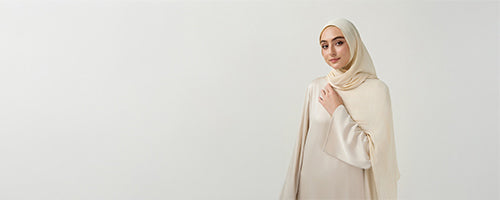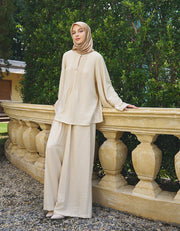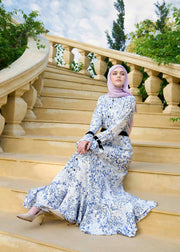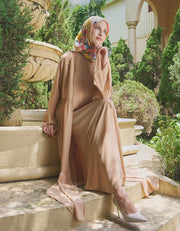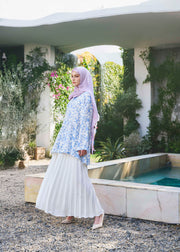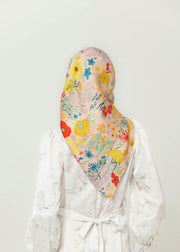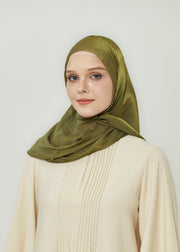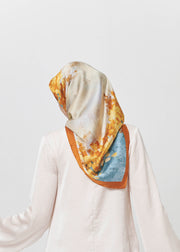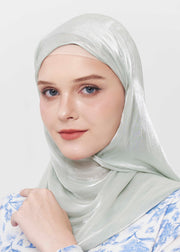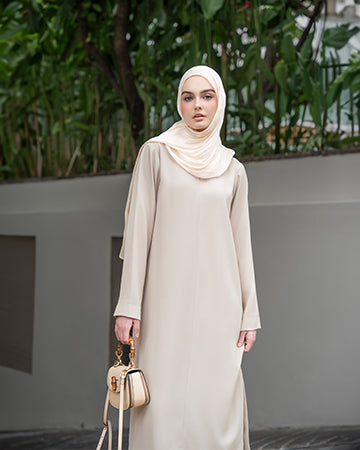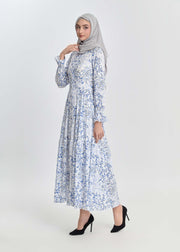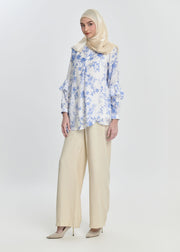Islamic Ethnic Fashion: Celebrating Culture Through Fabric
The Richness of Islamic Ethnic Fashion
Islamic ethnic fashion is more than a set of garments—it is a cultural story woven into fabric, color, and design. Across centuries, Muslims worldwide have embraced clothing that not only fulfills the principle of modesty but also preserves heritage. Whether it’s the flowing abaya of the Arabian Peninsula, the embroidered kaftan of Morocco, or the intricate salwar kameez of South Asia, Islamic ethnic fashion highlights diversity while remaining united by faith and modesty.
The Cultural Roots of Islamic Ethnic Fashion
The essence of Islamic ethnic fashion lies in its connection to culture and community. Every region adapts clothing to climate, tradition, and local artistry, yet all share the values of dignity and modest dressing.
-
Middle East: Known for abayas, thobes, and dishdashas, often made with lightweight fabrics to suit desert climates.
-
South Asia: Famous for salwar kameez, kurtas, and hijabs with elaborate embroidery.
-
North Africa: Renowned for kaftans and djellabas, featuring vibrant colors and detailed hand-stitching.
-
Turkey & Central Asia: Influenced by Ottoman textiles, rich in velvet and brocade with cultural motifs.
This diversity showcases how Islamic ethnic fashion serves as both a cultural identifier and a unifying element of the Muslim world.
Fabric: The Heart of Islamic Ethnic Fashion
Fabric is central to the identity of Islamic ethnic clothing. Choice of material reflects practicality, climate, and cultural preference.
-
Cotton: Lightweight and breathable, used widely for daily wear.
-
Silk: Luxurious, reserved for special occasions and festive clothing.
-
Wool: Traditional for colder regions, offering warmth and durability.
-
Chiffon & Georgette: Modern options used in hijabs and abayas for elegance.
The fabric itself becomes a canvas for embroidery, prints, and embellishments, making Islamic ethnic fashion both functional and artistic.
Embroidery and Patterns in Islamic Ethnic Fashion
One of the most striking elements of Islamic ethnic fashion is its embroidery and symbolic patterns. These details often carry cultural meanings and serve as a form of artistic expression.
-
Geometric motifs: Inspired by Islamic art and architecture, symbolizing balance and order.
-
Floral embroidery: Popular in South Asia and North Africa, reflecting beauty and renewal.
-
Metallic threadwork: Common in Middle Eastern abayas and kaftans, adding elegance and status.
Regional artisans often pass down embroidery techniques through generations, keeping cultural heritage alive within every stitch.
Colors and Symbolism in Islamic Ethnic Fashion
Color plays a symbolic role in Islamic ethnic fashion. Traditional garments use shades that reflect cultural identity and values:
-
Black: Elegance and modesty, iconic in abayas.
-
White: Purity and simplicity, often chosen for thobes and religious occasions.
-
Green: Associated with Islam and paradise, frequently used in embroidery.
-
Vibrant hues: Bright blues, reds, and golds in South Asian and Moroccan attire, signifying joy and celebration.
The careful use of color ensures that Islamic ethnic fashion resonates with meaning as well as beauty.
Modern Interpretations of Islamic Ethnic Fashion
In recent years, Islamic ethnic fashion has experienced a revival. Younger generations are blending traditional designs with contemporary styles. For example:
-
Pairing kaftans with modern jackets.
-
Styling abayas with sneakers for a chic streetwear look.
-
Choosing pastel-colored hijabs to match minimalist wardrobes.
This fusion demonstrates how Islamic ethnic fashion remains adaptable, timeless, and relevant in today’s fashion landscape.
Global Recognition of Islamic Ethnic Fashion
What was once viewed as solely cultural attire is now making its way into international fashion scenes. Designers inspired by Islamic ethnic fashion are showcasing collections at global fashion weeks, highlighting modest silhouettes, embroidery, and fabrics. The modest fashion movement has also expanded beyond Muslim communities, attracting women who appreciate elegance combined with coverage.
Conclusion: Fabric as a Cultural Story
Islamic ethnic fashion is not just about clothing—it is a cultural story written in fabric, patterns, and colors. From cotton abayas to silk kaftans, from geometric embroidery to floral motifs, every detail carries meaning. While rooted in faith and tradition, these garments continue to evolve, influencing global fashion and offering timeless inspiration.
For those who wish to embrace modern yet authentic Islamic ethnic fashion, discover unique collections at Minnaba—where culture and modesty meet contemporary design.

